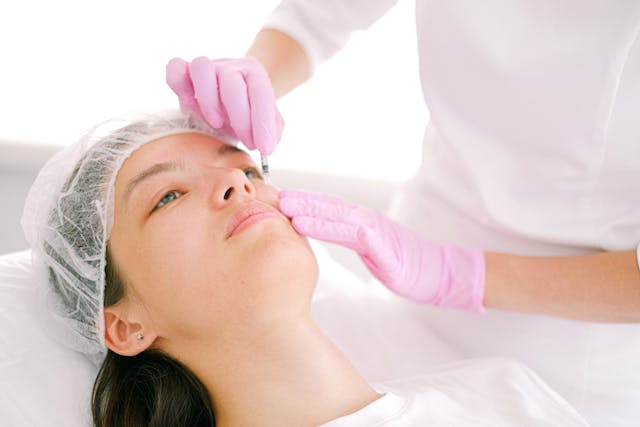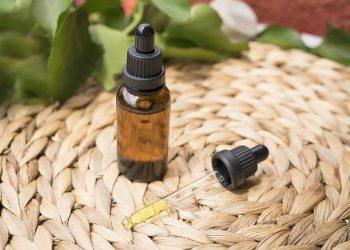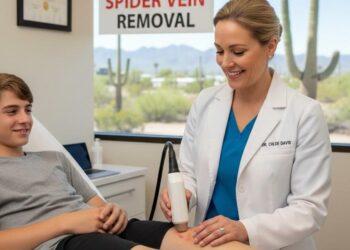Healing after cosmetic surgery depends on many factors, including the procedure type, your health, and your lifestyle habits. The post-operative instructions for a facelift are different than those of a full body lift. Your plastic surgeon will tailor your recovery instructions to your procedure and overall health. Here are some general tips for healing after plastic surgery:
Create a Recovery Space
It is possible that preparing a recovery space ahead of time may encourage a more comfortable healing process. Select a quiet, easy access portion of your home. If the stairs will be inconvenient after surgery, for example, after a body lift, a space will be assigned to the user on the first floor. Any bedroom, guest room or even a part of the living room can be a place for a temporary healing.
A thoughtfully arranged recovery area has everything you need within reach, so you won’t have to engage in unnecessary movement before you are ready. Stock the space with your medications, water, snacks, and phone charger. Add things that help keep you busy, such as books, headphones, or a TV. Having these items nearby minimizes the need to get up frequently following a plastic surgery procedure. Include comfort items, such as soft pillows and blankets. Pillows for elevation or a wedge pillow for back support can help you maintain a comfortable resting position.
If not, then after the operation, see a trusted member of the family, or friend who will be at the disposal for a first couple of days. They can assist you with food, medications, monitoring your condition. You should also keep your space free of litter and free of other tripping hazards such as loose cords or rugs. This may minimize the likelihood of falling if anesthesia, or pain, medication changes your balance and coordination.
Follow Physical Activity Recommendations
Adhere to your plastic surgeon’s physical activity recommendations. Most of these directions are generally customised to your procedure and minimizes complications like swelling, bruising, and disrupted incisions. Light, early movement supports circulation and reduces the risk of blood clots, but you should wait to resume more strenuous activities, such as exercise or heavy housework, until your surgeon clears you. Following such procedures as abdominoplasty, or breast augmentation, it might be express that you should not lift, bend or move too intensely. These limitations can persist for a few weeks, with a fairly slow process of increased movement as you heal.
Avoid Tight or Irritating Clothing
Avoid tight or irritating clothing while you are recovering because your skin, where your incisions were made may very well be very tender and swollen. Articles of clothing that will rub on or put pressure on healing areas will also cause discomfort. Choose loose fitting clothes with soft breathable materials not to increase the friction and ensure air circulation.
In situations where the compression garments prescribed, following lipo or a tum-tum are part of your procedure, wear them as indicated. Such clothes are unique to tight clothes. They are medical-grade and specifically designed to provide support and reduce swelling during healing. Your surgeon can help you find compression garments that meet the recovery needs of your specific procedure.
Sleep in Recommended Positions
Practicing sleeping in recommended positions helps one avoid potential discomfort of pressing your surgical sites. Depending on your procedure your plastic surgeon may ask you to sleep on your back, prop up some body parts or not turn on your side. Laying your head up following a face procedure such as a rhinoplasty or a facelift can help minimize swelling. In order to help with discomfort after breast surgery or abdominoplasty, lying on your stomach flat may cause you discomfort therefore pillows or recliner can be used for support of a more comfortable position.
Stay Consistent With Medications
Some plastic surgeons will prescribe something to help with inflammation, or pain, or risk of infection after a procedure. Use these drugs as instructed without missing or prematurely halting their use. Even if you feel well again, continue with the entire course of any prescribed antibiotics so your body can heal properly. Reminders, a pill organizer, or friend/family can keep you on schedule. Regular medication also helps sustain comfort and accelerate a safer and quicker recovery.
Enhance Your Plastic Surgery Experience
Plastic surgery is the art of correcting, reconstructing or improving various parts of the body. It is able to heal injuries from accidents or restore facial and breast symmetry. Your plastic surgeon will be able to guide you toward picking a procedure that achieves your functional as well as cosmetic objectives depending on whether you desire a lifted brow or a proportional chest size. Book a consultation with a certified surgeon today, and they will explain your desired results and timing of recovery.







